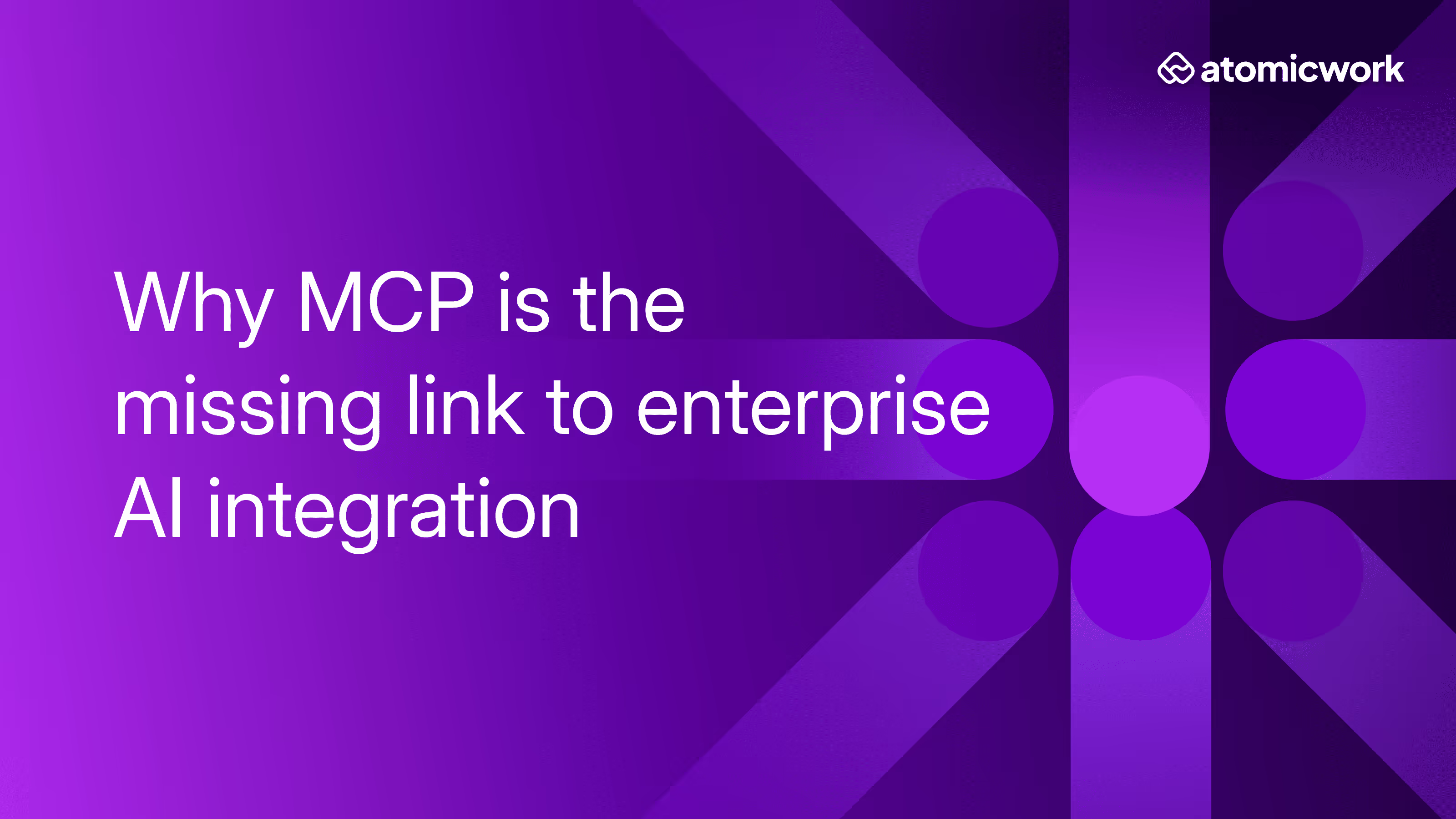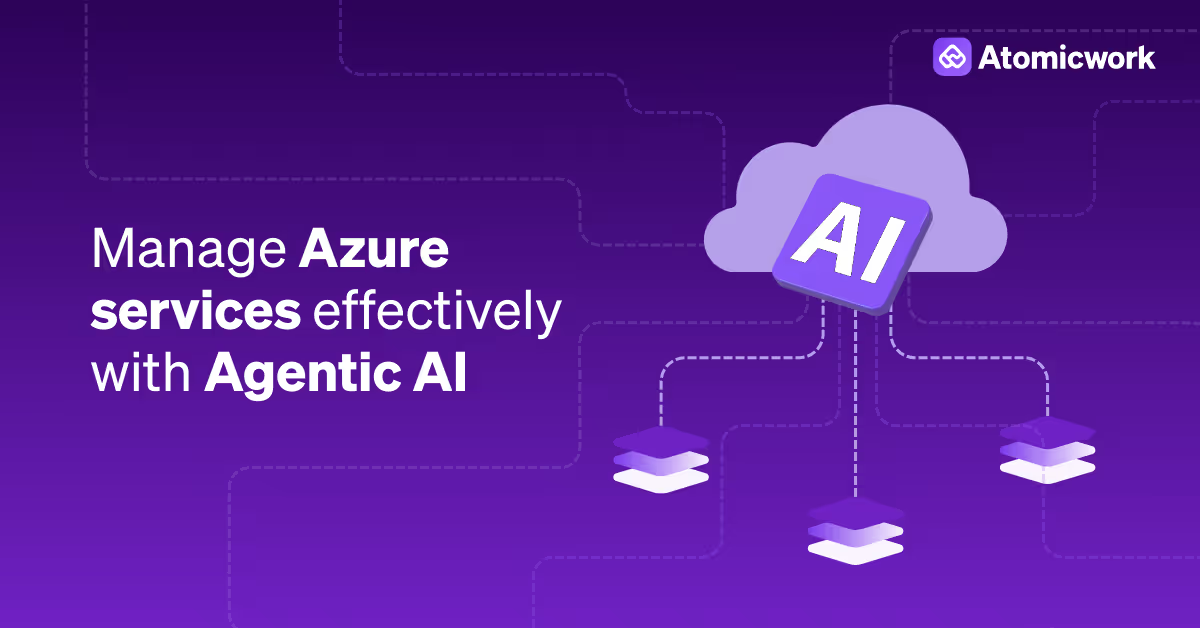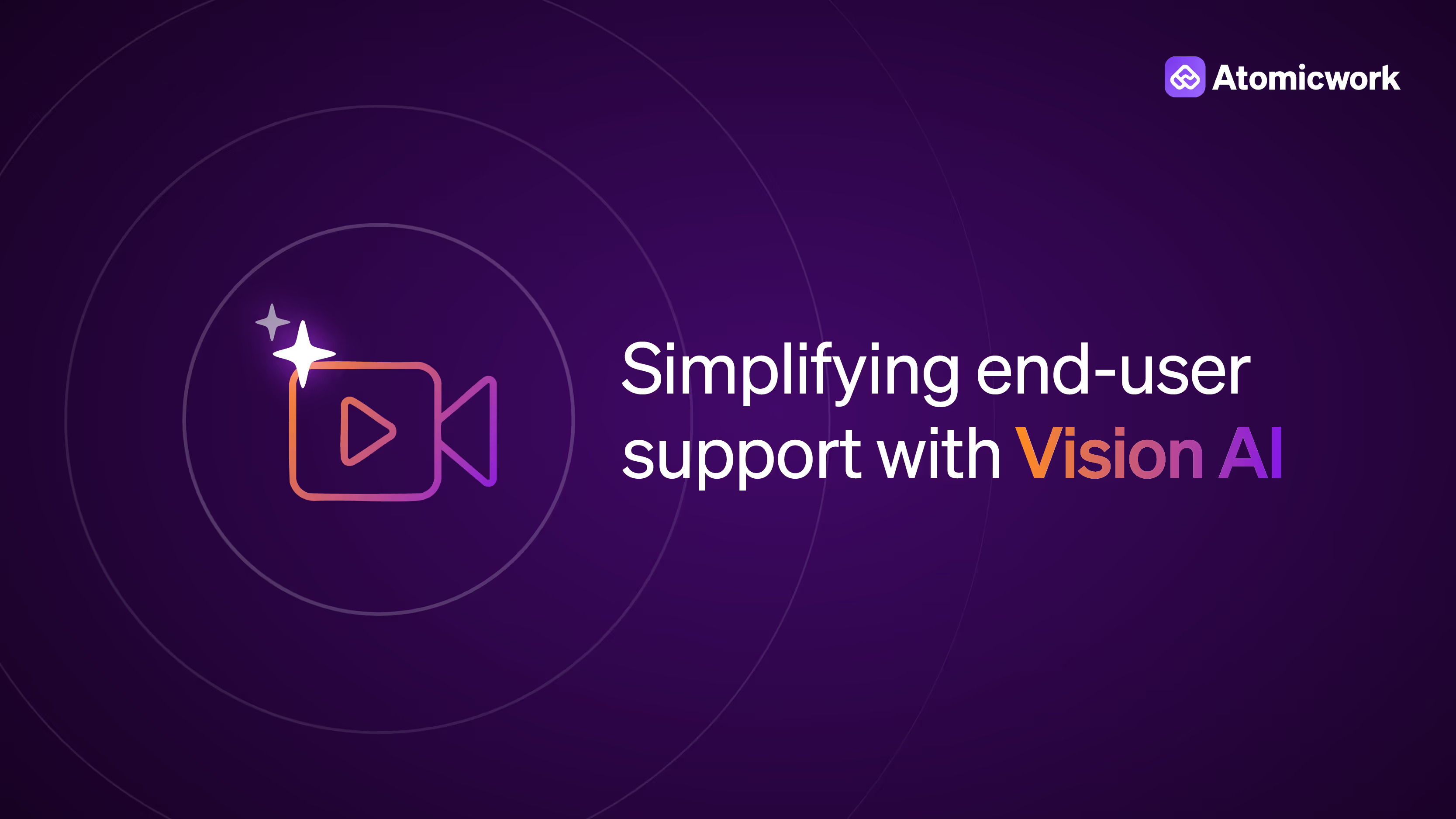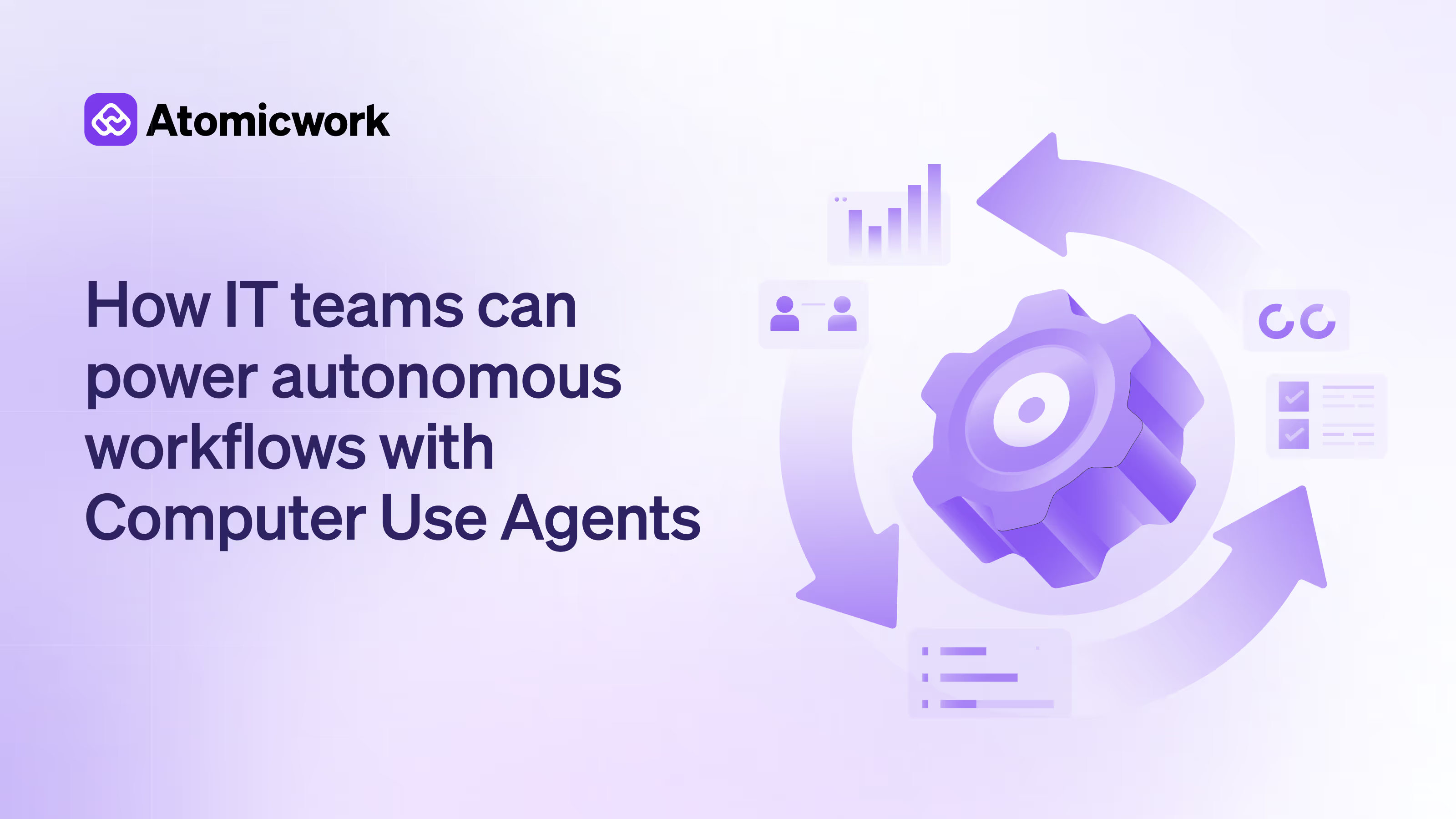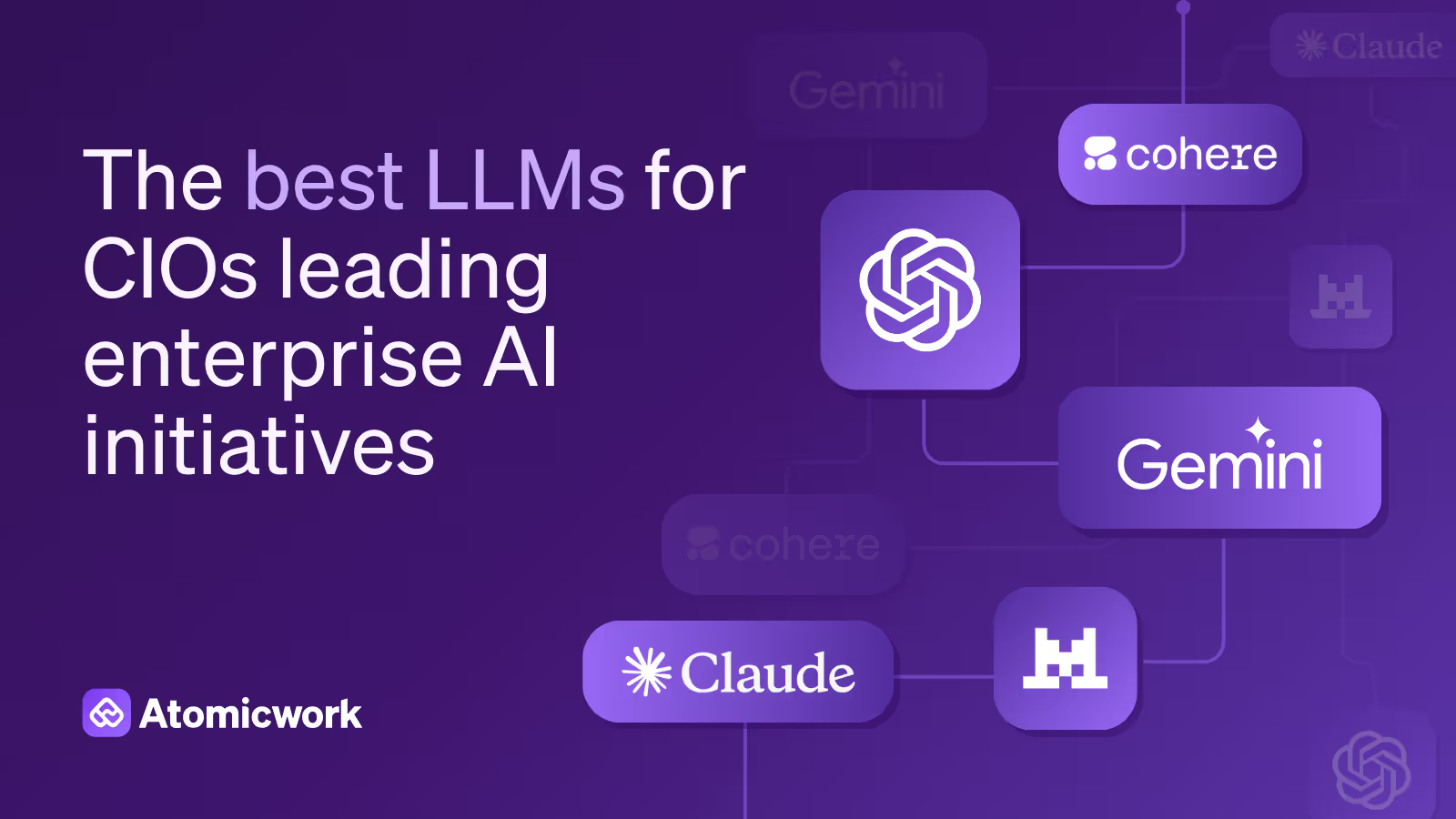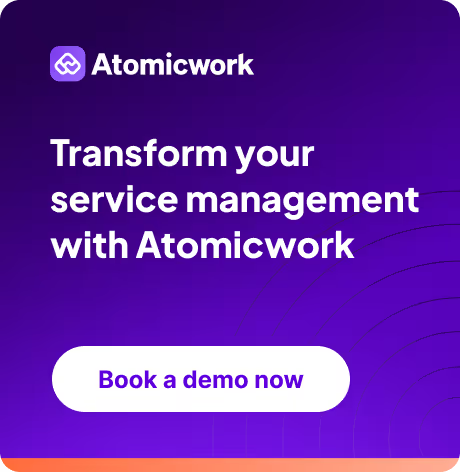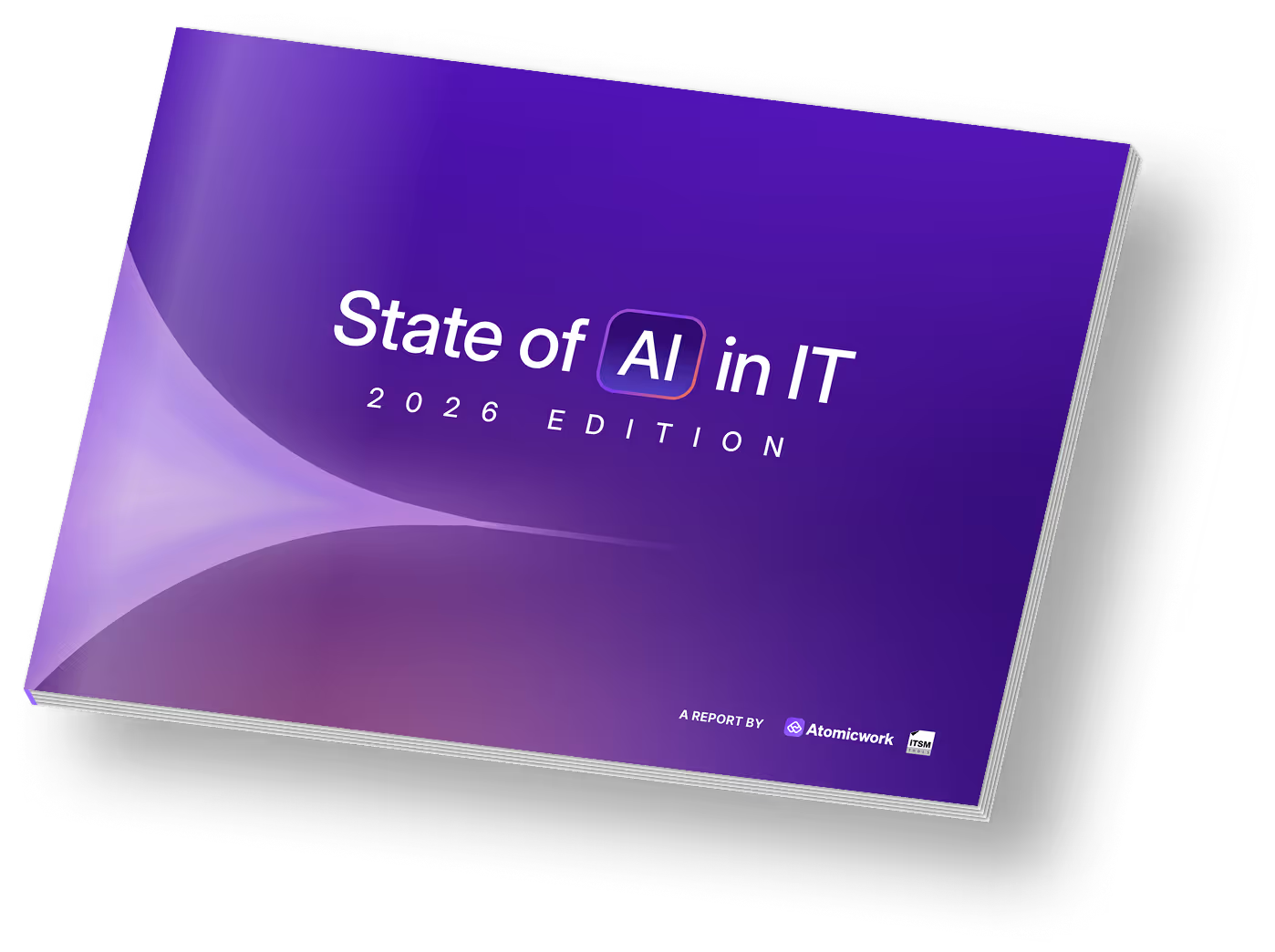An IT leader's guide to choosing the best LLMs for enterprises
Enterprise AI adoption has reached a tipping point. What started with ChatGPT's breakthrough has exploded into dozens of viable options—from OpenAI's GPT-4 and Anthropic's Claude to Google's Gemini, Meta's open-source Llama, and specialized models like Cohere for enterprise search or Mistral for European compliance.
IT leaders now face analysis paralysis. Each model promises different strengths: some excel at coding, others at reasoning, some prioritize security, while others focus on cost efficiency. The stakes are high—wrong choices lead to vendor lock-in, security vulnerabilities, or budget overruns that derail AI initiatives.
Unlike traditional software selection, LLMs require evaluating performance across multiple dimensions simultaneously: accuracy, latency, cost, security, integration complexity, and long-term strategic alignment. The decision framework that worked for choosing databases or CRM systems doesn't apply here.
This guide offers a comprehensive analysis of how IT leaders should select LLMs, along with a comparison of the top 15 LLMs and their corresponding IT use cases.
What are IT leaders implementing LLMs for?
IT leaders are implementing LLMs across four primary enterprise functions, each creating unique infrastructure and governance challenges.
1. IT support automation
It represents the most natural starting point. Teams deploy models like Claude to drive powerful and contextual Gen AI assistants usually. The challenge lies in standardizing model selection when help desk teams tend to gravitate toward different solutions based on task-specific performance rather than enterprise-wide consistency.
2. Software code development
This has become a mandatory adoption in many organizations.
"Companies are mandating that every developer use Copilot in their daily work, which has become the new standard or expectation around productivity," notes Naveen Zutshi, CIO at Databricks.
Beyond GitHub Copilot for code completion, teams deploy models for test migration, unit case creation, and cross-language code translation, particularly for Salesforce applications.
3. HR and legal reviews
HR and legal operations require the highest security controls due to the sensitive nature of the data they process. Legal teams use models for contract analysis and document summarization, while HR departments implement them for resume screening and policy documentation. These use cases often drive organizations toward private deployments to maintain data residency and audit compliance.
4. Marketing and sales assistance
This generates the highest usage volumes through content generation, campaign optimization, and lead qualification. However, this also creates the most unpredictability in costs when teams use models without IT oversight, leading to unexpected API expenses and governance gaps.
Explore the top AI agent use cases here.
Here are the top 15 LLMs for IT leaders at a glance:
1. Claude Sonnet 4
Best for: PowerShell scripting, system automation, technical documentation
Anthropic's latest model leads the SWE-bench with 72.7% and excels in coding, offering enhanced steerability for greater control over implementations. IT teams report significant improvements in script generation accuracy and a reduction in debugging time. GitHub plans to introduce Sonnet 4 as the base model for its new coding agent in GitHub Copilot, validating its enterprise-grade coding capabilities.
2. Claude Opus 4
Best for: Complex incident response, multi-step automation workflows
Claude Opus 4 delivers sustained performance on long-running tasks that require focused effort and thousands of steps, with the ability to work continuously for several hours. Perfect for comprehensive security audits and complex infrastructure migrations that require consistent reasoning over extended periods without performance degradation.
3. GPT-4.1
Best for: High-volume automation with budget constraints
GPT-4.1 reduces latency by nearly half and cost by 83% while matching or exceeding GPT-4o performance. Optimized for real-world IT use cases with improved instruction following and fewer extraneous edits. Ideal for organizations scaling AI across multiple departments without exponential cost increases.
4. Gemini 2.5 Pro
Best for: Organizations using Google Workspace, visual system analysis
Gemini 2.5 Pro delivers state-of-the-art video understanding and leads the WebDev Arena Leaderboard for building aesthetically pleasing web apps. Native integration with Google Workspace ensures seamless deployment, while strong multimodal capabilities handle screenshots, network diagrams, and visual troubleshooting scenarios.
5. Llama 4 Scout
Best for: Air-gapped environments requiring massive log analysis
Scout has a 10M context window, which is bigger than anything else available at the moment. Essential for government, defense, and financial organizations that need to process extensive log files or incident reports in completely isolated environments while maintaining full data sovereignty.
6. DeepSeek-R1
Best for: Small and medium organizations with financial restrictions, needing advanced reasoning
DeepSeek R1 is a reasoning model that's as capable as OpenAI o1, but developed using more limited computer hardware on a far smaller budget and released as an open model. Provides enterprise-grade reasoning capabilities for complex troubleshooting and analysis without the premium pricing of proprietary alternatives.
7. Mistral Large 3
Best for: European enterprises with GDPR compliance requirements
Mistral AI, a French startup, offers both open-source models under the Apache 2.0 license and commercial models with negotiable licenses. Provides EU-based data processing with strong multilingual capabilities, essential for European organizations needing local data residency while maintaining competitive performance across technical tasks.
8. Cohere Command R+
Best for: Enterprise knowledge base search and technical documentation
Command R+ is built for enterprise use cases and optimized for conversational interactions and long-context tasks. It is recommended for workflows that rely on sophisticated Retrieval Augmented Generation (RAG) functionality. Excels at searching internal technical documentation, policy databases, and troubleshooting guides to provide contextual answers.
9. GPT-4o Vision
Best for: Visual troubleshooting, screenshot analysis, system monitoring
Advanced multimodal capabilities process images, network diagrams, system screenshots, and text. Essential for analyzing error screens, architectural diagrams, and visual system monitoring dashboards. Higher cost due to multimodal processing, but invaluable for complex visual analysis tasks like reading end user screens and providing responses with low latency.
10. Phi-4
Best for: Edge computing environments, resource-constrained deployments
Microsoft's latest compact model delivers strong performance on limited hardware. Perfect for branch offices, IoT environments, or situations where full-scale model deployment isn't feasible. Balances capability with efficiency for basic automation tasks and real-time processing scenarios.
11. Code Llama 70B
Best for: Specialized software development and code review workflows
Meta's coding-focused variant excels at code completion, bug detection, and technical documentation generation. Can be deployed on-premises for organizations protecting proprietary codebases. Particularly strong in infrastructure-as-code scenarios and automated testing frameworks.
12. Qwen2.5 72B
Best for: Multilingual IT environments, global organizations
Qwen2.5 models support up to 128K tokens and offer multilingual support, having been pretrained on Alibaba's latest large-scale dataset, which encompasses up to 18 trillion tokens. Excellent for organizations with international teams that require technical support in multiple languages, while handling extensive context for complex troubleshooting scenarios.
13. Gemma 3 27B
Best for: Security-conscious organizations wanting Google-grade capabilities
Google Gemma 3 is a high-performing and efficient model available in 27B parameters, built by Google DeepMind. Provides Google's advanced capabilities in an open-source package, allowing on-premises deployment while benefiting from Google's research and development investments.
14. Mistral Small 3.1
Best for: Cost-sensitive automation and routine task management
Balanced performance-to-cost ratio for organizations implementing AI across numerous routine tasks. Strong enough for most automation scenarios while maintaining affordable operational costs. Supports both cloud and on-premises deployment based on security requirements.
15. OpenAI o3-mini
Best for: Complex technical calculations and STEM problem-solving
OpenAI's reasoning model is optimized for mathematical and scientific analysis. Ideal for capacity planning calculations, performance modeling, and complex technical analysis where precision matters more than speed. More cost-effective than full O3 while maintaining strong analytical capabilities.
Factors to consider while picking LLMs for enterprises
Selecting enterprise LLMs requires evaluating multiple technical and business factors simultaneously. Selecting an LLM is nothing like software procurement.
In this case, model performance varies by use case, costs fluctuate unpredictably, performance stability, and security requirements often eliminate entire categories of solutions.
Here are the four critical factors that determine whether an LLM implementation succeeds or creates expensive technical debt:
1. Does it actually work for your specific tasks?
Model performance varies dramatically by task type.
For example, GPT-4 excels at reasoning but has 2-3 second latency, while Gemini Flash processes requests in milliseconds but struggles with following instructions and reasoning.
Customer or end-user facing applications, like an AI voice assistant, need sub-second response times, eliminating slower models regardless of accuracy. They also need to be context-rich, which means the models can’t frequently be ‘lost-in-the-middle’ of end-user conversations.
API-based models rely on internet connectivity and geographic proximity to data centers, whereas on-premises deployments offer predictable latency but require substantial GPU infrastructure.
2. Can you train it on your company's data?
Generic models can't access proprietary company data that drives competitive advantage.
"The amount of proprietary data we had was an important asset," explains Capital One's Prem Natarajan, whose team "could not use closed-source models, because you cannot meaningfully customize those models."
Fine-tuning requires open-source models like Llama, but it creates ongoing maintenance overhead when base models are updated and specialized infrastructure is needed.
3. Will it pass your security audit?
Regulated industries need air-gapped deployments where data never leaves internal networks. Financial services, healthcare, and government organizations often cannot use cloud APIs, forcing the adoption of on-premises models despite their higher complexity.
Audit requirements demand comprehensive logging of processed data, model versions, and output generation—visibility that most commercial APIs don't provide.
4. Can you afford it at scale?
Token-based pricing makes budgeting nearly impossible. Simple queries cost pennies while complex reasoning tasks consume hundreds of tokens. Marketing content generation uses vastly more tokens than code suggestions, with some organizations experiencing significant quarterly cost increases as adoption spreads across departments without visibility into usage or ROI measurement.
Looking ahead
The future of enterprise AI extends beyond choosing individual LLMs to deploying intelligent agent systems that integrate multiple models.
Platforms like Atomicwork demonstrate this evolution, utilizing ensemble architectures with multiple AI models for various aspects of service management—from knowledge discovery to incident troubleshooting and automated workflow execution.
The transformation from prompt-based AI tools to autonomous agents represents the next phase of enterprise automation.
Frequently asked questions
LLMs are being deployed across four main areas:
- IT support automation (e.g., ticket triage, script generation)
- Software development (e.g., code completion, testing frameworks)
- HR and legal reviews (e.g., contract summarization, policy writing)
- Marketing and sales assistance (e.g., content generation, lead qualification)
Each of these introduces different governance, latency, and cost considerations.
Models like Llama 4 Scout, Gemma 3, and Mistral Large support self-hosted deployments ideal for industries such as finance, healthcare, and government. These models allow for complete data sovereignty, audit-friendly logging, and strict access controls.
Use domain-specific benchmarks like checking for instruction following, tool calling, latency, and reasoning capabilities. Many teams also conduct pilots for specific tasks using real-world enterprise prompts to measure efficacy before scaling deployment.
Effective LLM governance includes:
- Role-based access to model APIs
- Logging and monitoring of prompt history
- Content moderation and bias detection
- Usage dashboards for departments and individuals
- Prompt libraries with versioning
You’ll need both technical guardrails and policy enforcement to ensure responsible AI adoption.
More resources on modern ITSM
